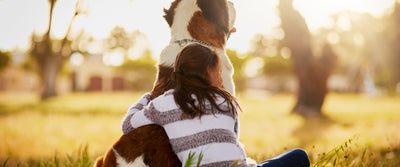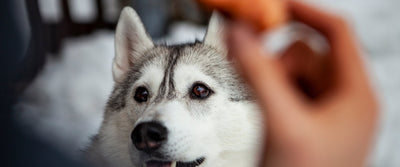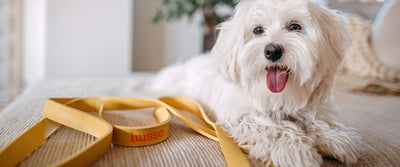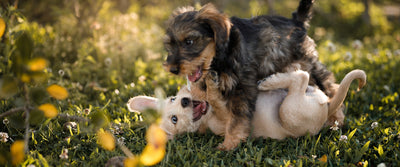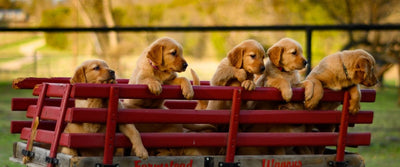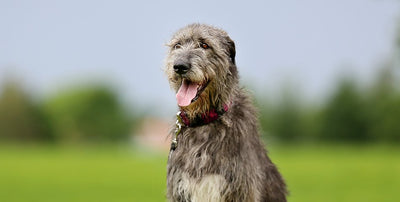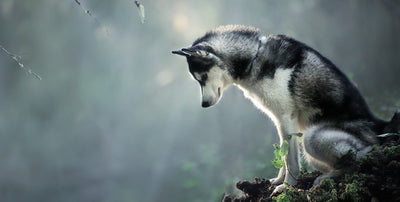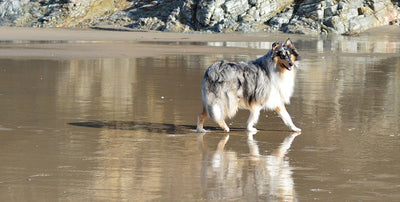Intelligent and obedient dog, suitable for many types of work.
Pug is a small but muscular dog breed with a distinct wrinkly face and a short muzzle that make these dogs capable of almost human-like face expressions. Once a companion of Chinese emperors, these loving dogs get along great with people of all ages and feel comfortable both as the only pet or in a pack.
 Country of origin: Country of origin: |
China |
 FCI group: FCI group: |
Group 9, Section 11 Small Molossian Dogs #253 |
 Temperament: Temperament: |
Docile, Charming, Clever, Stubborn, Sociable, Playful, Quiet, Attentive |
 Colors: Colors: |
Black, Fawn, Silver Fawn, Apricot |
 Weight: Weight: |
6,4 - 8,2 kg |
 Height: Height: |
Male: 30 cm, Female: 25 cm |
 Life expectancy: Life expectancy: |
from 12 to 15 years |
Pug puppies
There is a general misconception that Pugs are not the brightest dogs and therefore hard to train. On the contrary, Pugs are quite a smart dog breed but they may find it hard to focus on tasks or training. It is best to train your puppies in a fun and engaging way and always have treats handy during a training session with your Pug puppy. Bravo snacks from Husse range are soft and can be easily broken into smaller pieces and will work great as training treats. For your small-sized Pug puppies, it is best to feed a diet aimed specifically at small dogs, like Valp Mini. As Pugs are a dog breed prone to obesity you need to monitor your dog’s food intake from the earliest days. Remember to include any snacks and treats in your dog’s daily calorie intake and only feed the recommended amount for your dog’s specific weight.
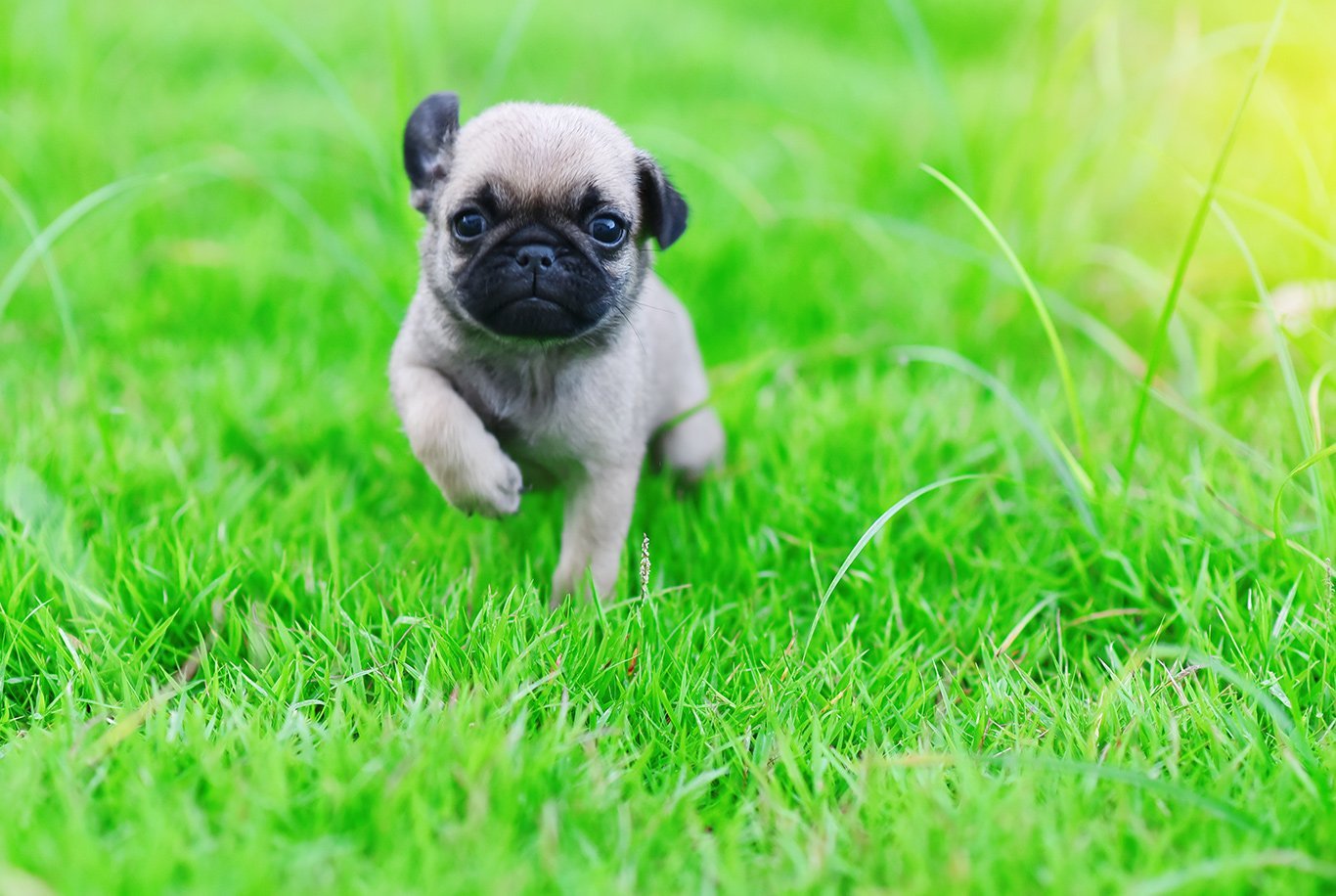
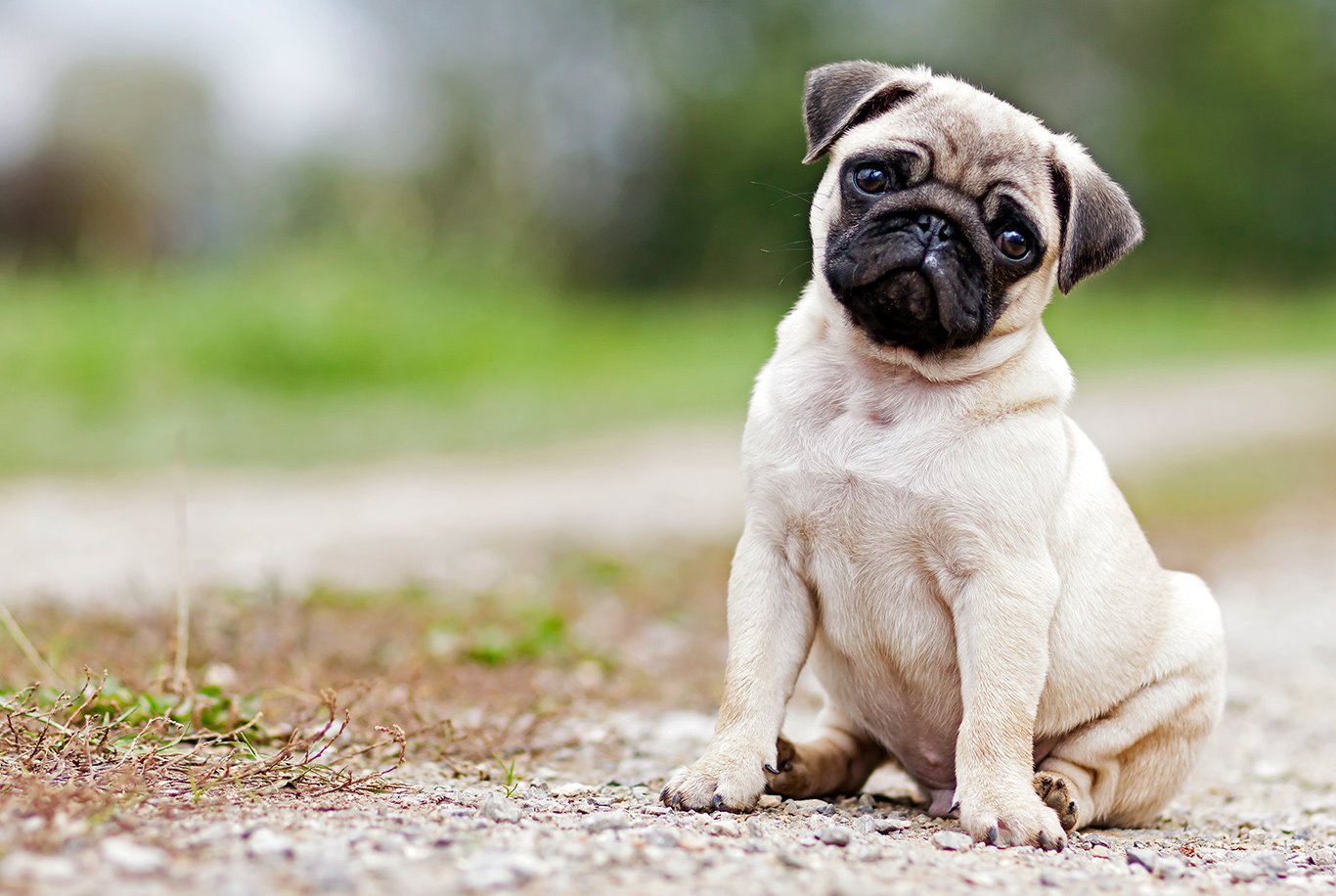
Pug’s nutrition
Since Pugs are a breed prone to obesity you have to monitor your dog’s calorie consumption and weight. Whenever you give your Pug any snack and treats make sure to include that in the calculations of your dog’s calorie consumption and reduce the amount of dry or wet food accordingly. As Pugs are a small dog breed they should be fed a diet made specifically for a dog their size, so Optimal Mini from Husse range will be the best possible choice for your Pug. Since this breed is known for leading a sedentary life and even being a bit lazy you may experience your dog gaining weight rather quickly. Optimal Light, a Husse dry food developed for overweight dogs can help speed up the weight loss process and get your Pug back to its best shape.
Detailed description of Pug
This small but solid dog with its short muzzle and wrinkly face capable of a human-like range of expressions cannot be mistaken with any other dog breed. Pugs have square bodies, deep chests, well-muscled form and tightly curled tails.
Genesis
Pug is an ancient breed and its origins can be traced back as far as 2000 years. Chinese emperors were very fond of flat-faced toy dog breeds such as Pekingese, Shih Tzu and Pug. All of them were bred as pets for the emperor, his family and members of the court. At first, Pugs were considered a treasure and lucky outsiders could only acquire them as gifts. In the 1500s Pugs were brought to Europe by Dutch traders. It is believed that the Pug became the mascot of Holland’s House of Orange when a dog of this breed warned the Prince of Orange of an attack by Spanish troops. With the arrival of William and Mary of Orange in England along came their Pugs, becoming popular among the British nation.
Appearance
The most distinctive feature of the Pug is most definitely the breed’s wrinkly face with big, sparkling eyes and furrowed brows giving the dog a range of expressions similar to those of a human. This breed’s lower teeth usually protrude further than the upper, resulting in a visible under-bite. Pugs have short and flat muzzles and button or rose-shaped ears, which in lighter coat colourations are both black. This breed has a short and glossy coat that can either be apricot, apricot fawn, silver fawn or black. Pugs are rather muscular in build and have a compact form. Their tails curls tightly over the hip.

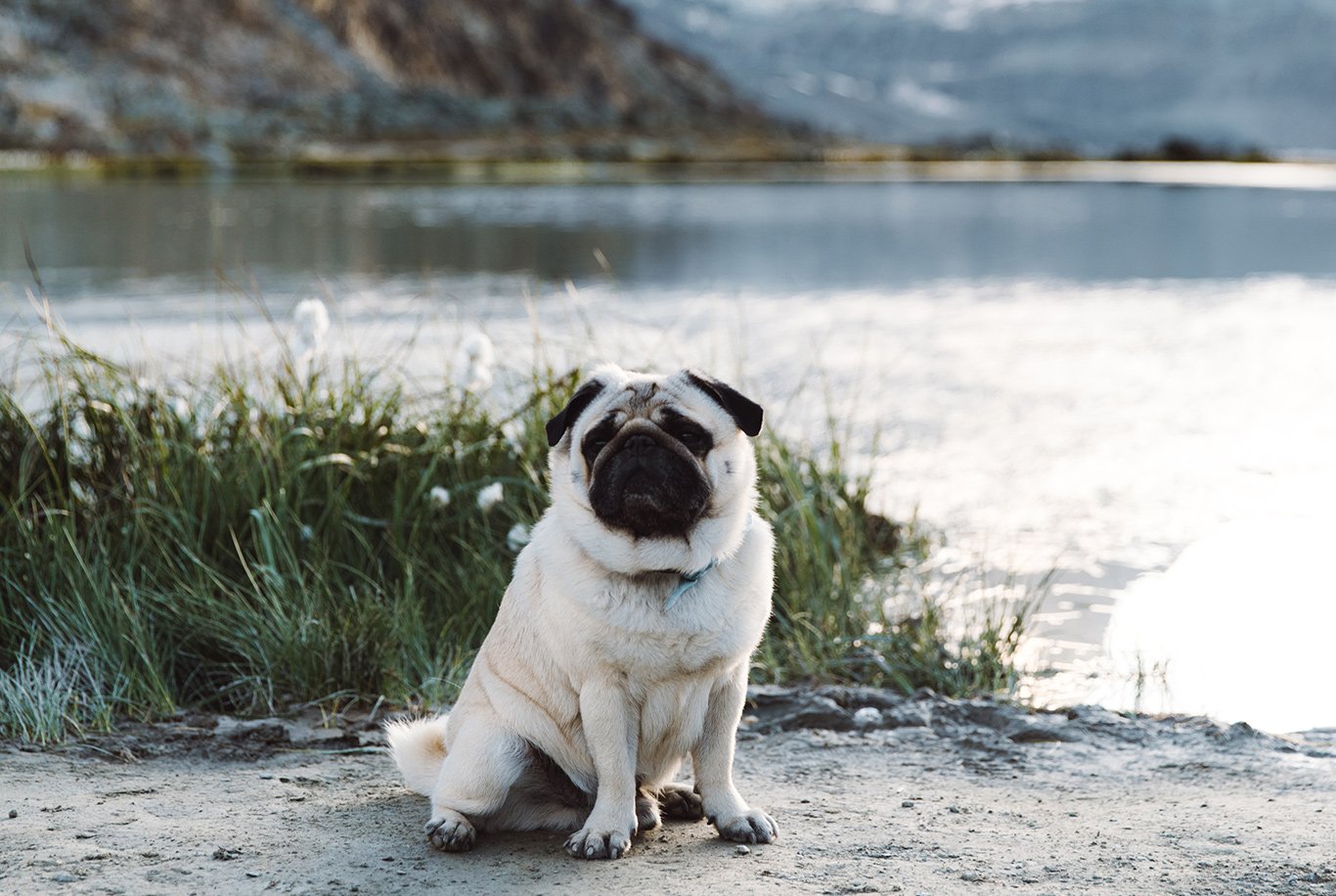
Behaviour
Typically Pugs have a charming personality and make for stunning family dogs since they tend to get along well with children. These dogs love the attention and will crave for the affection of their owners. Pugs are known for following their humans around the house since they are curious and want to participate in anything happening around the house. They are usually very intuitive and sensitive to their owners’ mood and are eager to please. This breed can easily adjust to the needs of their family and become more docile if need be. They can even appear lazy, as they will gladly spend a lot of time napping. Pugs can sometimes be strong-willed but are rarely aggressive.
Requirements
Because of their short muzzles, Pugs can experience some difficulties with breathing and regulating their body temperature. With that in mind, Pugs will feel most comfortable in moderate temperatures. During summer months reduce your Pugs exposure to direct sunlight and heat to the very minimum and do not subject your Pug to any strenuous exercises. Their short snouts and prominent brow ridges make them very susceptible to eye injuries, so if your Pug has the opportunity to play with other dogs or animals, never leave them without supervision.
Daily care
Since Pugs have a short, smooth, glossy coat they do require minimal maintenance - weekly brushing will suffice. On the other hand, Pugs have many wrinkles on their faces and they need regular cleaning of the skin folds to prevent irritation and infections. It is best to bathe your Pug only when your dog gets particularly dirty or bad-smelling. Apart from that their nails should be trimmed on the regular since longer nails can hurt your dog’s paws.
Dr Anna Plummer
Vet and blogger



